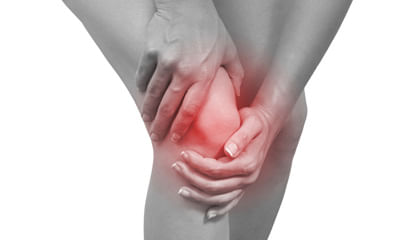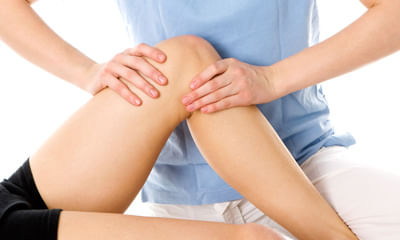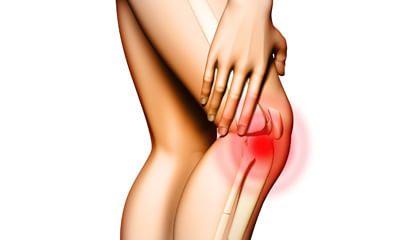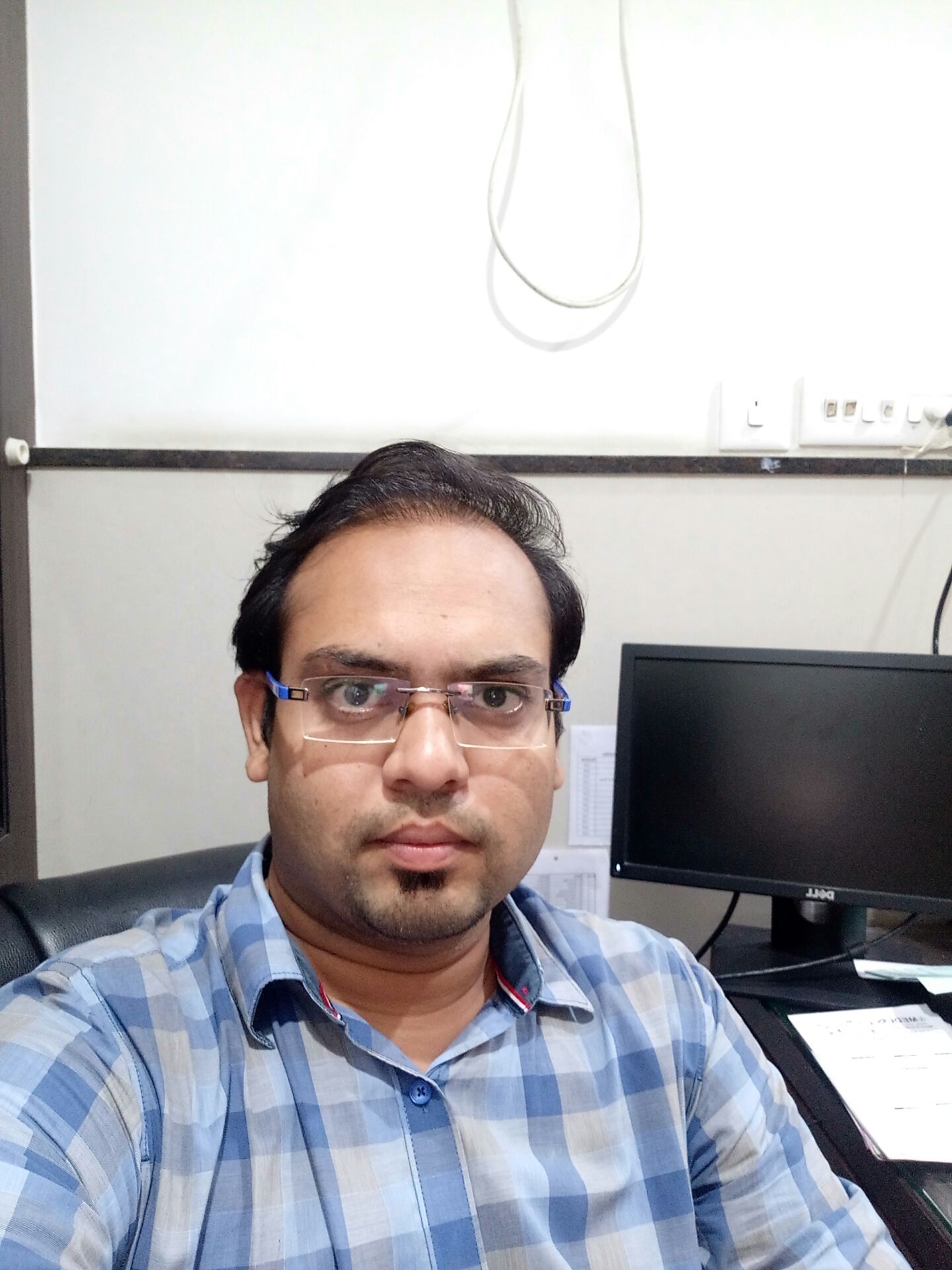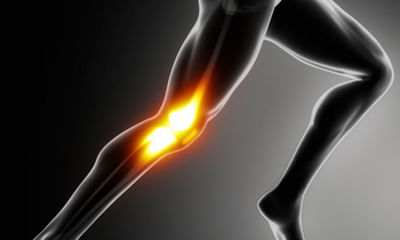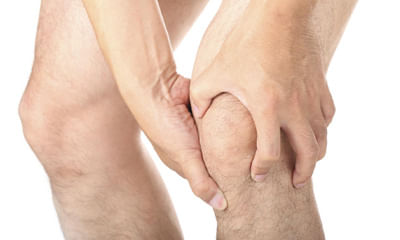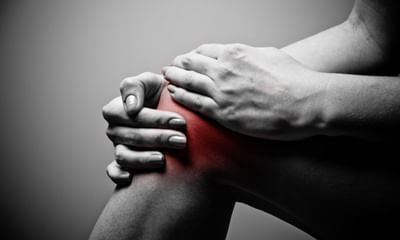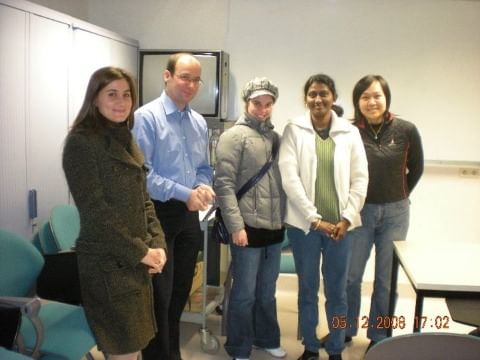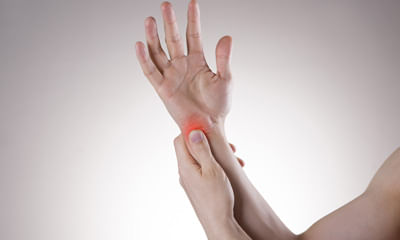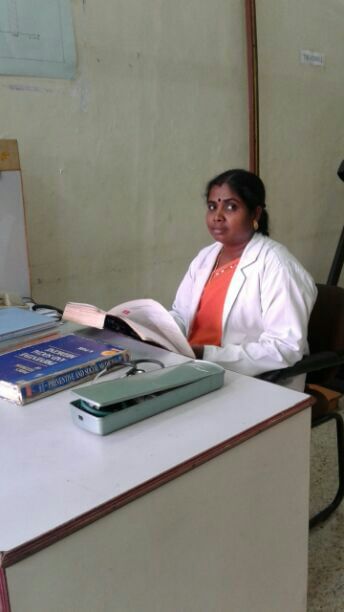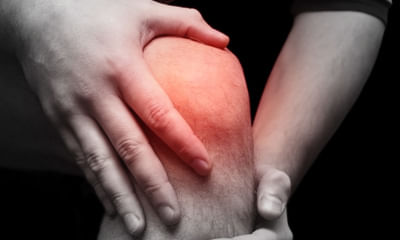Get the App
For Doctors
Login/Sign-up
Health Feed
Find Doctors
Health Packages
Patellar Health Feed
Health Query
Share
Bookmark
Report
Respected Lybrate user. From the above mentioned details (mri). Very little problem is present in your both knees but don't be neglectd. Because in near future the all above's changes are converted into your knees arthritis. Please be careful. Take treatment for your orthopaedic doctor and take advices, precautions and preventive measures. In my side you are taking precautions, preventive measures, life style modifications, dietitian/nutritionist advices. Take diet chart. Ergonomical, postural c...more
59 people found this helpful
Asked for female, 43 years old from Daman
Share
Bookmark
Report
Asked for male, 49 years old from Kolkata
Share
Bookmark
Report
Asked for male, 19 years old from Alwar
Share
Bookmark
Report
Asked for male, 33 years old from Hyderabad
Share
Bookmark
Report
Asked for Male, 35 years old from Faridabad
Share
Bookmark
Report
Asked for male, 16 years old from Imphal
Share
Bookmark
Report
Risk factor
a combination of factors may contribute to the development of patellar tendinitis, including:
physical activity.
Running and jumping are most commonly associated with patellar tendinitis. Sudden increases in how hard or how often you engage in the activity also add stress to the tendon, as can changing your running shoes.
Tight leg muscles. Tight thigh muscles (quadriceps) and hamstrings, which run up the back of your thighs, can increase strain on your patellar tendo...more
a combination of factors may contribute to the development of patellar tendinitis, including:
physical activity.
Running and jumping are most commonly associated with patellar tendinitis. Sudden increases in how hard or how often you engage in the activity also add stress to the tendon, as can changing your running shoes.
Tight leg muscles. Tight thigh muscles (quadriceps) and hamstrings, which run up the back of your thighs, can increase strain on your patellar tendo...more
Asked for male, 28 years old from Mumbai
Share
Bookmark
Report
Asked for male, 24 years old from Delhi
Share
Bookmark
Report
Health Query
Share
Bookmark
Report
Book appointment with top doctors for Patellar treatment
View fees, clinic timings and reviews
Ask a free question
Get FREE multiple opinions from Doctors
posted anonymously


